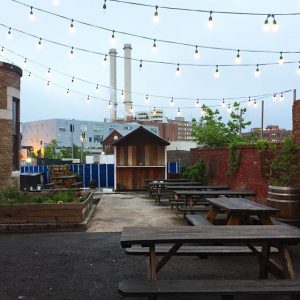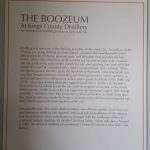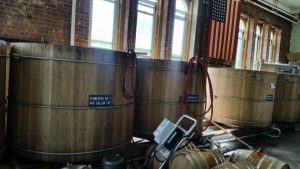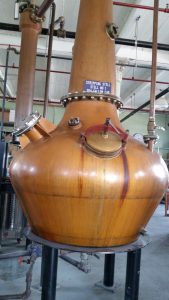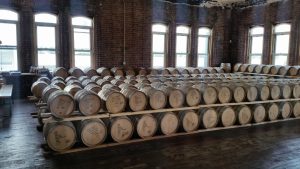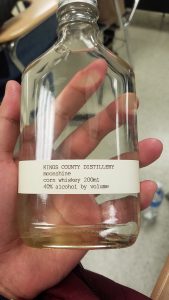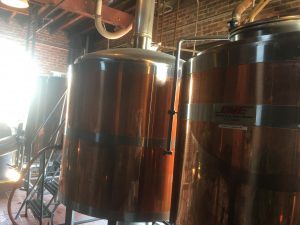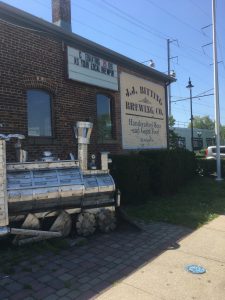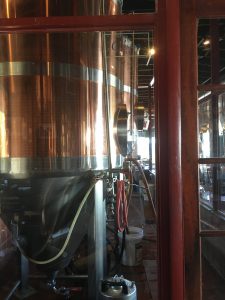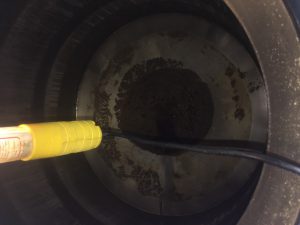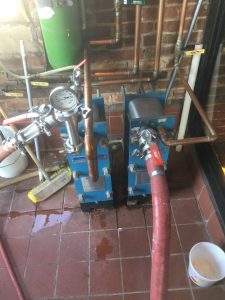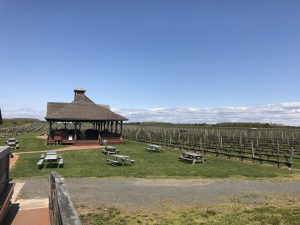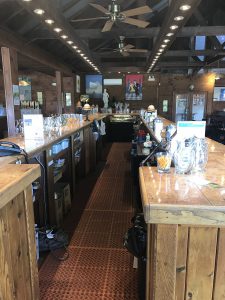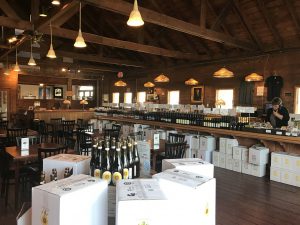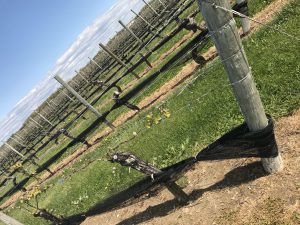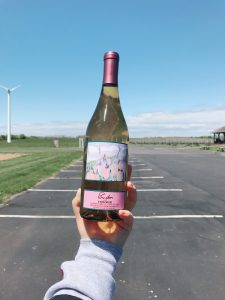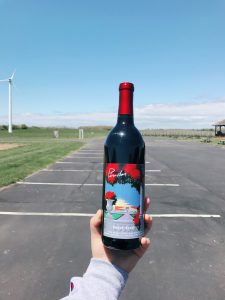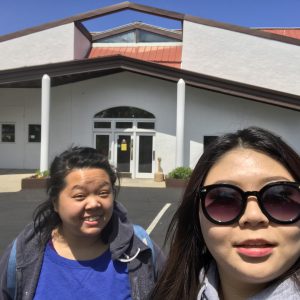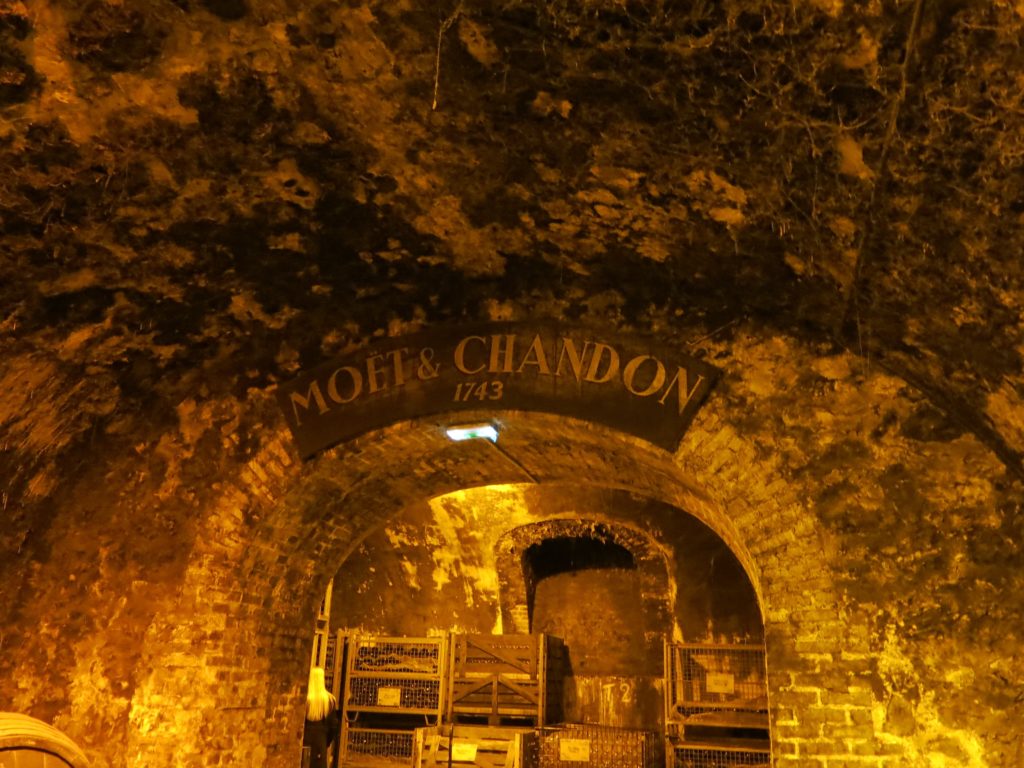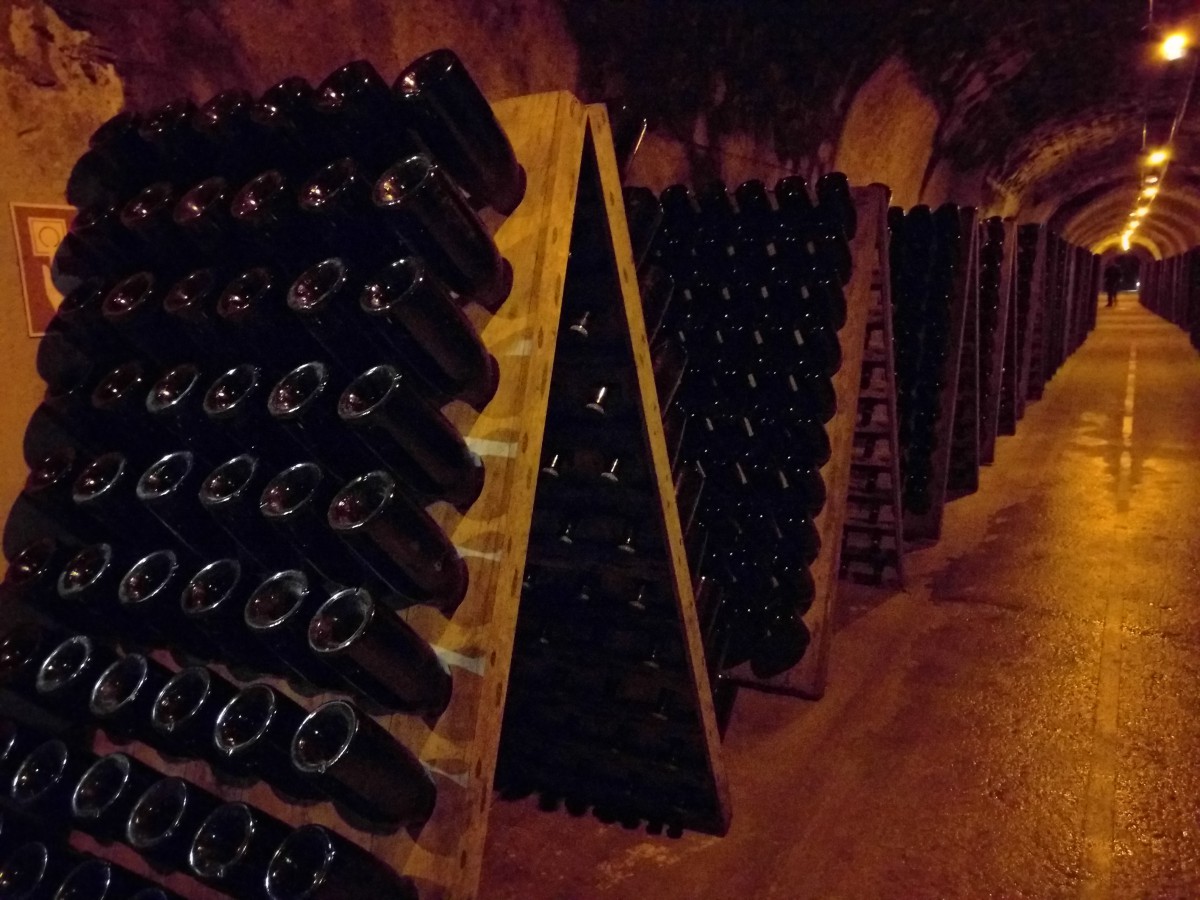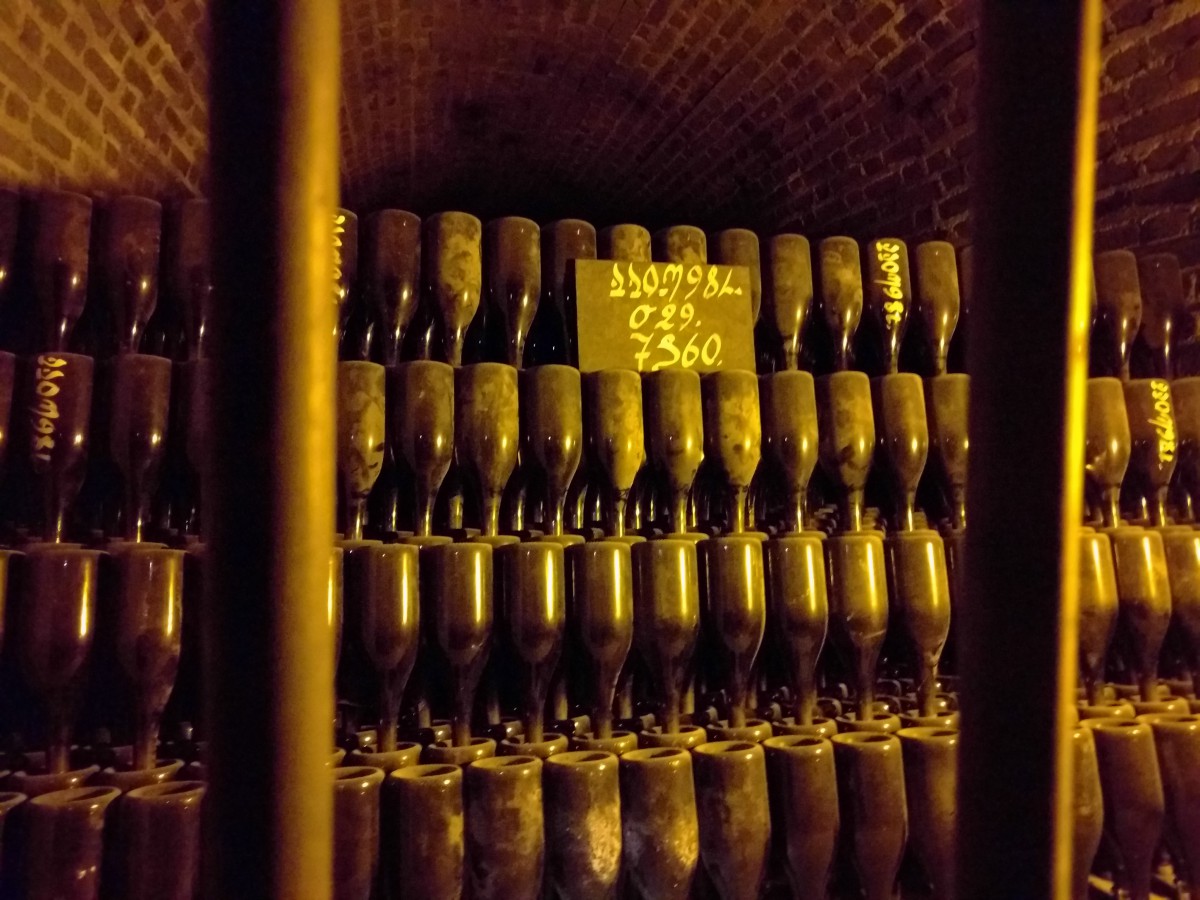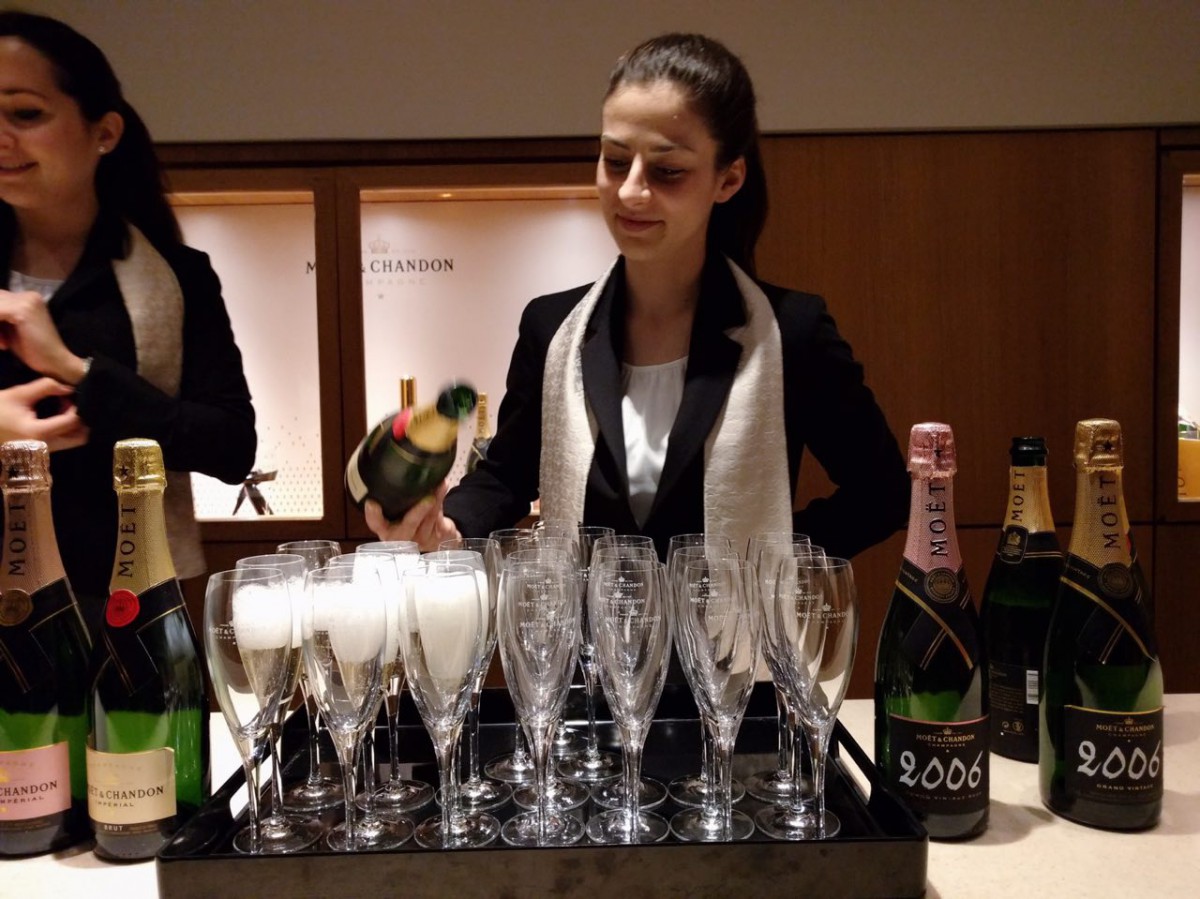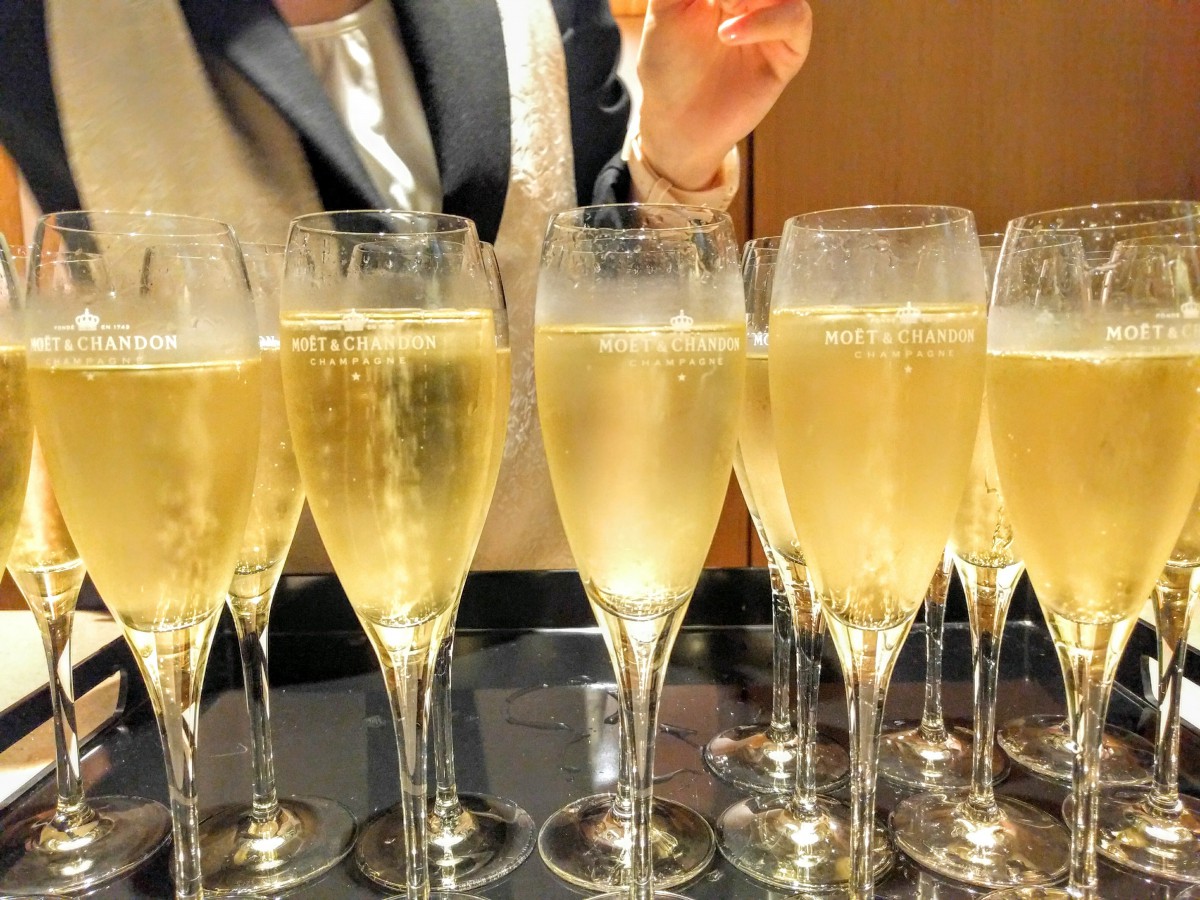For this assignment, I decided to visit Brotherhood Winery, America’s oldest winery with a friend of mine who would help me with the tasting (she was very happy to oblige!).
Brotherhood Winery has been open since 1839 and is located at 100 Brotherhood Plaza Drive in Washingtonville, New York. The drive was about one and a half hours, going north from New York City.
After we arrived, the people there greeted us very warmly and asked if we would be part of the tour that was coming up in a few hours. We gladly accepted and experienced something that was truly outstanding!
The underground cellars were dug in 1839. They are considered to be the oldest and largest in America and are still in use by the Brotherhood winery today. Jesse and Edward Emerson named the winery “Brotherhood” when they took control of the establishment, selling wine for religious purposes. Almost one hundred years later, in 1921, Louis Farell purchased the winery and began conducting tours and hosting parties there (“History,” n.d.).
The winery is now owned by Cesar Baeza, a Chilean wine educator and consultant, and welcomes people from all over the Northeastern United States, with 100,000 visitors and between 60,000 and 80,000 cases sold each year (Sayegh, 2008).
A tour and tasting pass costs $10, while tasting flights go for $7 with a Brotherhood wine glass to take home. Additional tastings are $5 and the simple tour pass is $6 (“History,” n.d.).
The tour guides explained that their winery does not have a single vineyard, in fact their source of grapes comes from the Finger Lakes and Long Island regions. The grapes they receive from Long Island AVAs are Merlot and Cabernet Sauvignon while the Chardonnay, Pinot Noir and Riesling come from the Finger Lakes AVAs. Although they lack a vineyard, they do have a few rows of vines in front of their property that are used for experimenting and studying. The grapes harvested from the Long Island and Finger Lakes AVAs arrive by trucks and are processed as if they were grown on the spot. Quality control is done in their lab to test the levels of sugar, acidity and alcohol of the wines after processing.
The winery had a 700-gallon cask made mainly of American oak, but stopped using it due to unpracticality. Now they use stainless steel and oak barrels made of French and American oak. The French oak gives off flavors of vanilla, fruit, and toasty almonds, while heavy flavors of chocolate and tobacco are given off by the American oak. The stainless steel barrels are used for the white wines in order to not impact their flavor.
The winery started producing wine before the advent of technology, thus corking and labeling had to be done manually. They still use three types of caps: the traditional cork which they use for the expensive wine; the synthetic cork; and the trusty screw cap for cheaper varieties. There is also a separate room named the “Grand Monarque Hall”, where they keep their sparkling wine.
During our tour, guests were offered five different wines. The first wine was called Carpe Diem Spumante, which is a sparkling wine light in color with notes of vanilla and florals. The second was the Sweet Lolly White that had a straw yellow color with aromas of candy, hence its name. The third one was a Sweet Lolly Red and (according to my friend) tasted very similar to the white version. The fourth one was named May Day and had a pink/red color, was fairly light bodied and (apparently) had hints of floral on the palate. The fifth and last one was the Brotherhood’s signature wine called May Wine, which was made with Concord grapes, something I thought was interesting and uncommon. It had strong aromas of strawberries and woodruff, and tasted almost like liquefied strawberry jam. Indeed, according to Wine Folly (2015), “Concord wines are perhaps best as a sweet wine with a deep red color, high acidity and aromas like strawberry, fruit-punch, violets and musk”.
This assignment was a great excuse to learn about wine outside of our wine class and, since I enjoy going upstate quite often (being from Canada), it’s certainly a place I’d like to visit again!
The Underground Cellar at Brotherhood Winery
The Tasting Room at Brotherhood Winery
Rows of Vines in Front of the Winery

Wine on Display

A Brotherhood Wine Glass
References:
History. (n.d.). Retrieved May 23, 2017 from the Brotherhood Winery webpage: http://www.brotherhoodwinery.com/aboutUsHistory.html
Native Wine Grapes of North America. (October 12, 2015). In Wine Folly. Retrieved from http://winefolly.com/review/native-wine-grapes-of-america
Sayegh, B. (2008, May 15). Brotherhood Winery in Hudson Valley; Rich in History and Wine. Spectrum News, Hudson Valley. Retrieved May 23rd, 2017 from http://www.twcnews.com/nys/hudson-valley/explore-ny/2015/05/5/brotherhood-winery–america-s-oldest-winery.html





